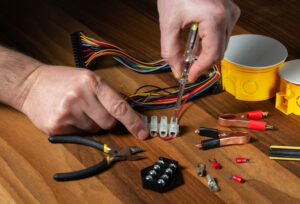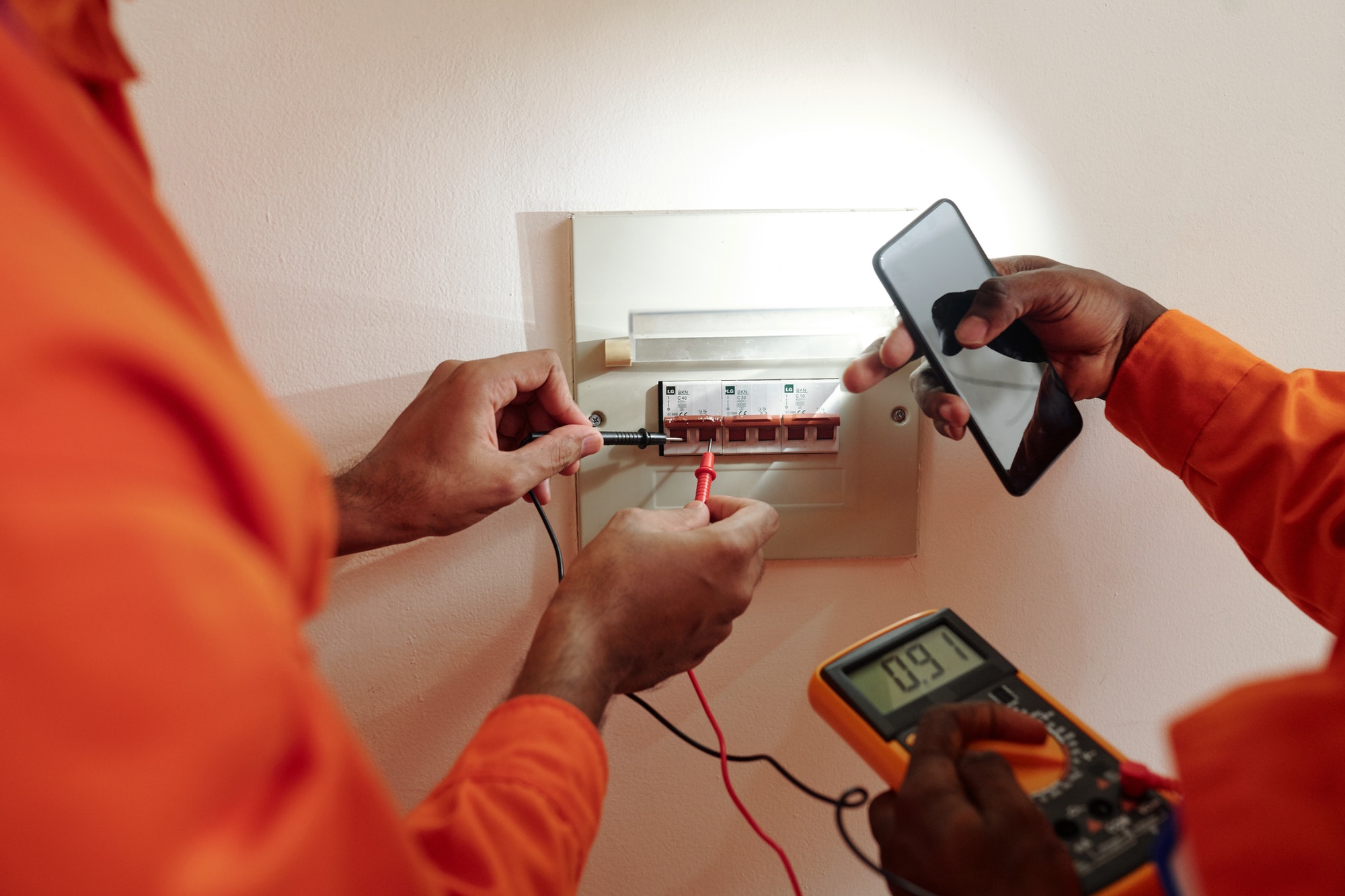Understanding the distinctions between residential and industrial electrical systems is essential for ensuring appropriate design, installation, maintenance, and safety measures. Here are the key differences between these two types of electrical systems:
1. Voltage and Power Requirements
Residential Systems:
- Typically operate at lower voltages, usually 120/240 volts in North America and 230 volts in many other parts of the world.
- Power requirements are generally lower, as residential systems primarily power lighting, heating, cooling, and household appliances.
Industrial Systems:
- Operate at much higher voltages, often ranging from 480 volts to several thousand volts, depending on the size and complexity of the industrial operation.
- Power requirements are significantly higher due to the need to run heavy machinery, large motors, manufacturing equipment, and extensive lighting systems.
2. Wiring and Circuit Design
Residential Systems:
- Utilize simpler wiring and circuit designs, often employing non-metallic sheathed cable (commonly known as Romex) for general wiring.
- Circuits are typically designed to handle lower current loads and are protected by circuit breakers or fuses rated for residential use.
Industrial Systems:
- Employ more complex wiring designs to accommodate higher voltages and currents, often using armored cable, metal conduit, or bus bars.
- Circuits are designed to handle high current loads and include protective devices like industrial-grade circuit breakers, motor starters, and overload relays to ensure safety and equipment protection.
3. Load Types and Distribution
Residential Systems:
- Predominantly serve single-phase loads, with a mix of lighting, heating, and small motor-driven appliances.
- Electrical loads are relatively consistent and predictable, typically peaking during certain times of the day.
Industrial Systems:
- Serve a mix of single-phase and three-phase loads, the latter being essential for running large motors and industrial machinery.
- Electrical loads can vary significantly based on production schedules, with peaks during heavy manufacturing periods and more sophisticated load distribution requirements.
4. Electrical Components and Equipment
Residential Systems:
- Use standard household electrical components such as switches, outlets, light fixtures, and home appliances.
- Equipment is generally designed for ease of use, with safety features like ground-fault circuit interrupters (GFCIs) and arc-fault circuit interrupters (AFCIs) to protect against electrical hazards.
Industrial Systems:
- Utilize specialized electrical components such as motor control centers (MCCs), variable frequency drives (VFDs), transformers, and large switchgear.
- Equipment is often robust and designed to handle harsh environmental conditions, including exposure to dust, moisture, and extreme temperatures.
5. Safety Standards and Regulations
Residential Systems:
- Must comply with residential electrical codes and standards, such as the National Electrical Code (NEC) in the United States.
- Focus on protecting occupants from electrical hazards through the use of protective devices and safe installation practices.
Industrial Systems:
- Must adhere to more stringent safety standards and regulations, including OSHA (Occupational Safety and Health Administration) guidelines and industry-specific standards.
- Emphasize the protection of workers and equipment, often requiring extensive safety measures such as lockout/tagout (LOTO) procedures, grounding systems, and regular safety audits.
6. Maintenance and Monitoring
Residential Systems:
- Require relatively simple maintenance, typically involving periodic inspections, replacing faulty components, and ensuring proper functioning of protective devices.
- Monitoring is often manual, with homeowners checking for signs of electrical issues.
Industrial Systems:
- Demand regular and rigorous maintenance schedules to prevent downtime and ensure safety, including inspections, testing, and calibration of equipment.
- Utilize advanced monitoring systems for real-time tracking of electrical parameters, fault detection, and predictive maintenance.
7. Backup Power and Redundancy
Residential Systems:
- May include basic backup power solutions such as portable generators or battery backup systems for essential circuits.
- Redundancy is minimal, primarily focused on maintaining basic functionality during power outages.
Industrial Systems:
- Often incorporate sophisticated backup power solutions, including uninterruptible power supplies (UPS), standby generators, and redundant power feeds to ensure continuous operation.
- High emphasis on redundancy to avoid costly downtime and maintain critical operations.
Conclusion
The distinctions between residential and industrial electrical systems are significant, reflecting the different needs, complexities, and safety requirements of these environments. Residential systems prioritize simplicity, ease of use, and occupant safety, while industrial systems demand robust designs, high power capacities, and rigorous safety and maintenance protocols. Understanding these differences is crucial for engineers, electricians, and facility managers to ensure the appropriate design, installation, and upkeep of electrical systems in their respective domains.






